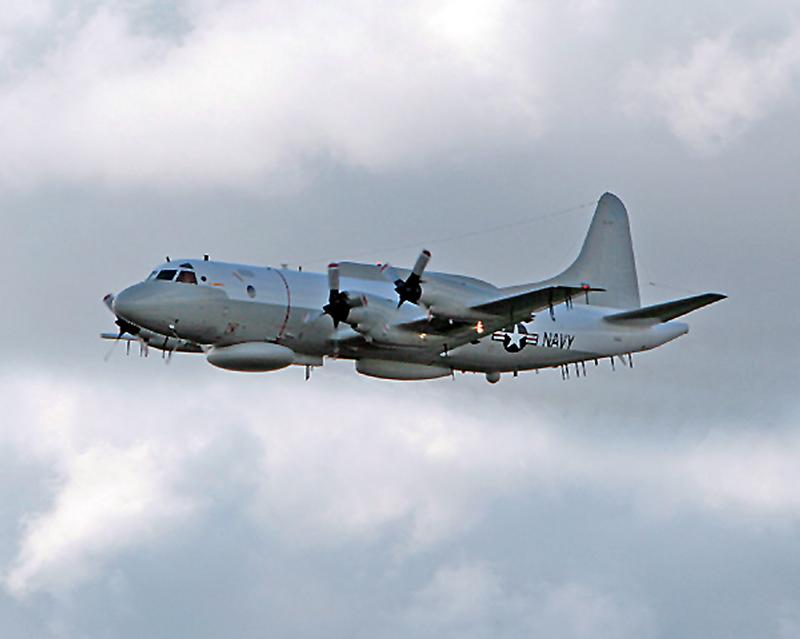
US Navy EP-3 ARIES electronic surveillance aircraft.
Concerned over increasingly reckless Chinese and Russian intercepts of US aircraft, Pacific Command says it urgently needs cameras on its planes to provide irrefutable proof of their misbehavior. The problem: reconnaissance planes like the propeller-driven P-3 Orion and the new jet-powered P-8 Poseidon are designed to take photos of the land and sea far below, not of fighters flying 50 feet away.
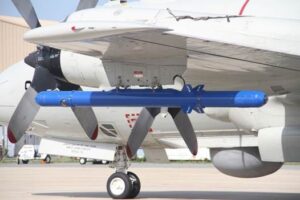
Naval Research Laboratory’s CASA camera pod.
So even as Chinese J-11s buzzed a Navy EP-3 ARIES off Hainan island Tuesday, forcing the US plane to evade, the Naval Research Laboratory was already displaying a prototype under-wing camera pod at the Sea-Air-Space conference outside Washington. Built by NRL in response to an Urgent Operational Needs Statement (UONS) from the Pacific Fleet, the Common Airborne Situational Awareness (CASA) system refits an already flight-certified pod design to carry multiple computer-controlled still and video cameras. CASA has already had a successful flight test on a P-3, with Air National Guard F-16s playing the role of Chinese/Russian interceptors, and now ONR and NRL are waiting on a decision to deploy it.
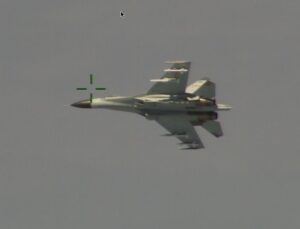
A Chinese Navy J-11 fighter buzzes a US P-8 Poseidon surveillance plane off Hainan Island in August 2014.
Why is photographic evidence so important? In the global battle of perceptions, a picture can be worth a thousand démarches. Just think of the U-2 spyplane photos of missile sites under construction in Cuba in 1962.
Without pictures, it’s just your 1,000 words against theirs. The Chinese have already denied conducting any unsafe maneuvers in Tuesday’s incident, with Foreign Ministry spokesman Hong Lei saying the J-11 pilots “kept a safe distance.” While the US has provided photos of past intercepts, they show the approaching fighter without clear cues of distance. By contrast, the CASA pod cameras are carefully positioned not only to cover every possible approach but to capture part of their parent aircraft in every picture, providing proof of proximity.
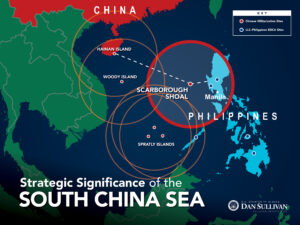
Graphic courtesy Sen. Dan Sullivan
China’s Point of View
From the Chinese perspective, it’s the American reconnaissance flights that are inherently aggressive, especially when they fly close to Hainan Island.
“The purpose is to keep everybody away from Hainan Island, (which is) some of the most militarized real estate on Planet Earth,” Heritage Foundation’s China expert Dean Cheng told me. “Hainan Island is slated to get a Chinese spaceport, their newest spaceport…. They have an SSBN facility there… a carrier berth… tunnels blasted into cliff sides for their submarines…. multiple airbases.” Hainan Island is China’s home base for expanding its influence in the South China Sea, and conversely its South China Sea outposts defend the approaches to Hainan.
The Communist government reunited China after more than a century of internal division and foreign aggression. It sees both Taiwan and the South China Sea as the unfinished business of unification, and it is extremely sensitive to incursions into what it claims as its rightful territory. While the US, with its powerful fleet and air force, emphasizes the right of free passage through international and waters and airspace, China draws a wide — and internationally unrecognized — circle around its territory and sees uninvited foreign forces as an unacceptable intrusion.
“China’s been arguing for years that these aren’t international waters,” said Cheng, a frequent Breaking Defense contributor.

After 11 days in Chinese hands, the crew of a downed US Navy EP-3 spyplane leave Hainan Island in 2001.
As many of our readers remember, China has acted aggressively in the past off Hainan Island. In 2001, a Chinese fighter pilot crashed into a P-3, killing him and forcing the 24-person US Navy crew to land on Hainan, where they were held while the Chinese investigated the plane’s electronics.
Putting better cameras on American surveillance aircraft won’t change the fundamental tension, but it can document and, hopefully, deter the kind of risky maneuvers that could trigger a crisis.
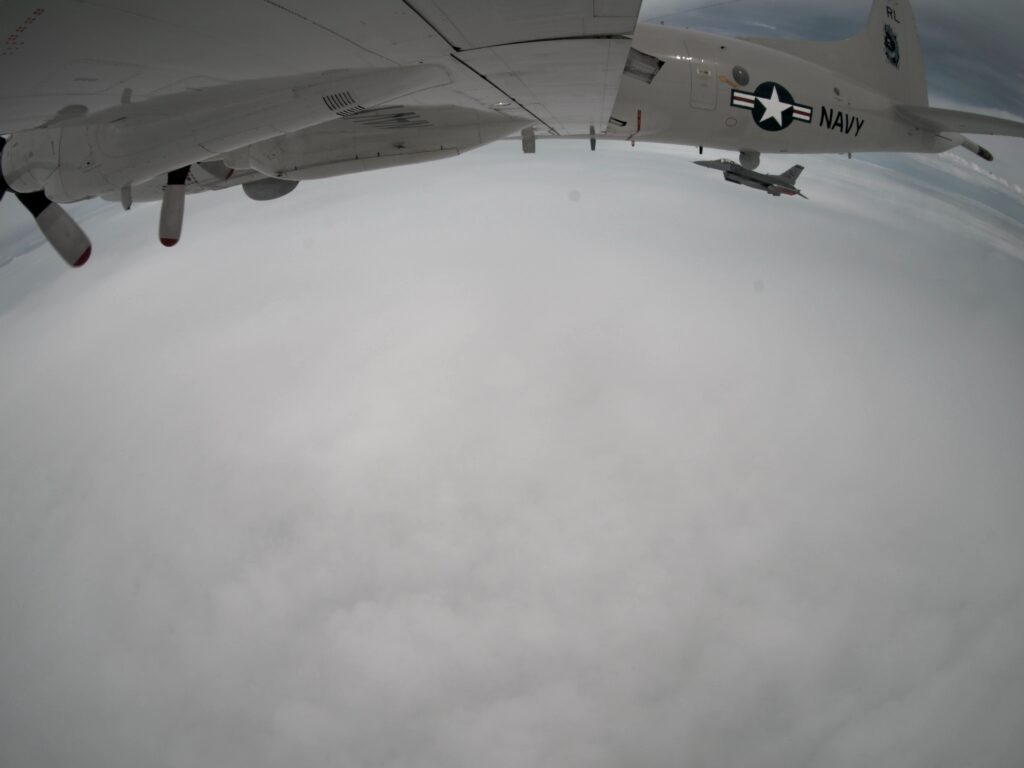
A CASA pod photo of an Air National Guard F-16 “intercepting” a Navy P-3.
In a ‘world first,’ DARPA project demonstrates AI dogfighting in real jet
“The potential for machine learning in aviation, whether military or civil, is enormous,” said Air Force Col. James Valpiani. “And these fundamental questions of how do we do it, how do we do it safely, how do we train them, are the questions that we are trying to get after.”


























